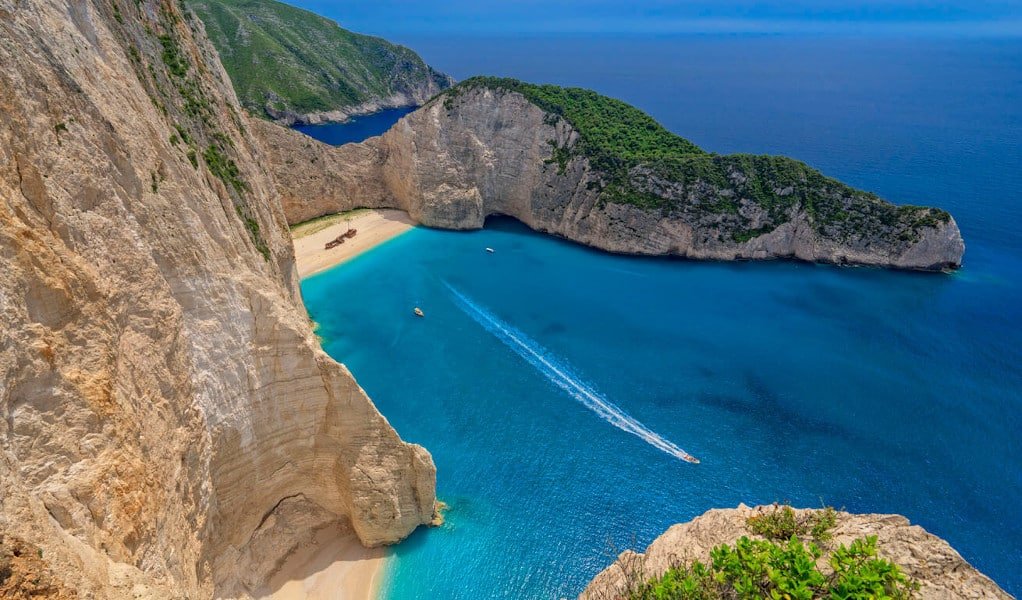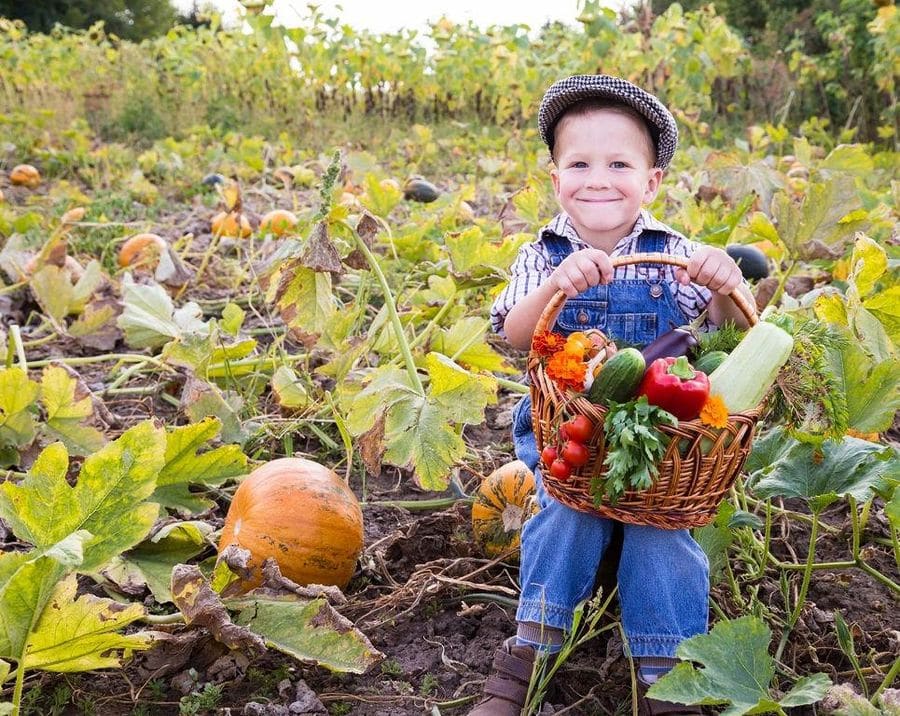Zakynthos or Zante
An island with a turbulent history, traditional villages, old monasteries, beautiful churches and picturesque beaches – and the homeland of the National poet Dionysios Solomos. The beauty of the island is inexhaustible and the pleasant surprises are numerous. Clear blue waters, cosmopolitan but also quieter beaches, each with its beauty, but also a breeding ground of the Caretta-Caretta turtle which is one of the three species of turtle that still live in the Mediterranean. These turtles lay their eggs on the beaches of the Bay of Laganas.
Gastronomy
Zakynthos is famous for the excellent flavour and aroma of its olive oil, which was certified with a Protected Geographical Indication (PGI) in 2010.
The wine-producing region of Zakynthos starts from the middle part of the North, the Gulf of Alykes, and extends to Laganas; this area is the fertile plain of the island where most of the wines of Zakynthos are produced. Despite the small size of the island, dozens of indigenous vine varieties have been cultivated for centuries. The traditional white multi-variety wine produced in Zakynthos, which for centuries belonged to the Venetians, is called verdea. However, the name verdea does not refer to a vine variety but to a type of wine. It owes its name to the Venetian influence and stems from the Italian word “verde”, which means “green”, indicating the green colour of the almost-unripe grapes used. The main varieties that participate in the production of verdea are Skiadopoulos, Pavlos, Robola, Goustolidi and Augoustiatis. Verdea first appeared in the early 19th century and has become a central characteristic of the viticultural later history of the island. The traditional verdea was a dry, high-quality wine, which exudes strong notes of its long rest in oak barrels, rendering it reminiscent of sherry-like wines. Today we meet vedea varieties which whilst retaining their traditional character, have more fruity aromas, greater freshness and a spicy flavour. They are amber in colour. Verdea wines are labelled “Verdea Traditional Designation of Zakynthos”, as also is the case with retsina.
A special product of Zakynthos is the large and wonderfully delicious PDO black currants.
Remarkable too are the dairy products of Zakynthos, with prentza, a fresh cheese with a creamy texture, being the most characteristic produce. Other fine cheeses are fresh graviera and fresh mizithra, the latter both salty and unsalted, as well as ladotiri cheese made from goat and sheep milk, with a salty and spicy taste and preserved in olive oil.
Citrus fruits come in many varieties and are used in the preparation of local spoon sweets and jams, as well as liqueurs. A typical recipe is melatso, a spoon sweet of various fruits including citrus fruits.
Traditional recipes of Zakynthos
The cuisine has Venetian influences, with such dishes as rabbit stew and rooster with thick spaghetti.
Saltsa or sartsa is a recipe with meat, beef or chicken, braised in a thick red tomato sauce.
Sgazeto: the Zakynthian version of the spleen-and-intestine dish, mainly made of goat or lamb drizzled with egg-and-lemon sauce.
Steamed popletes (meatballs) with plenty of spearmint and boiled broccoli with lemon.
Sofiagadoura: a kind of yiahni with potatoes. Yiahni with horta, legumes and potatoes is one of the most common dishes in Zakynthos.
Tillikourda or tsilipourdo: It is the traditional magiritsa, predominantly consumed on Easter Sunday.
Also the amazing skordostoumpi melitzana (eggplant garlic dip): deep-fried aubergines, baked with crushed garlic, tomato, oil and oregano.
Sweets: mandolato is a sweet that is found in all the Ionian Islands and comes from the era of Venetian rule, however the Zakynthian variant is chewier.
Also the frygania (a light cool dessert reminiscent of ekmek kataifi) and of course the fitura (a medieval dessert made of fried semolina sprinkled with sugar and cinnamon), and the pasteli.




